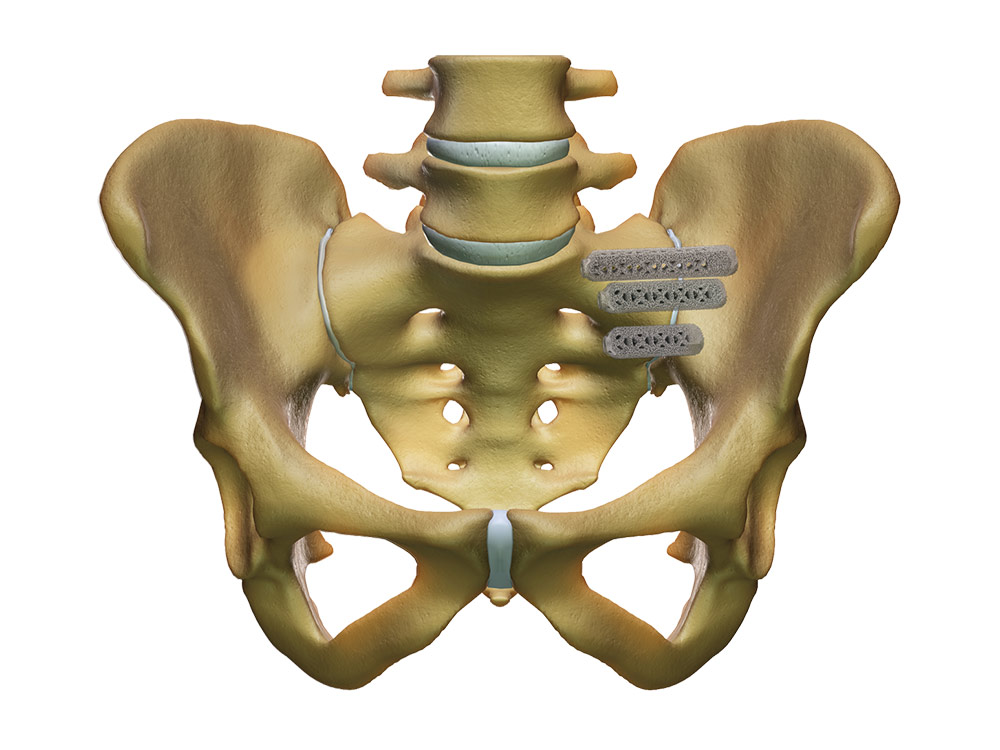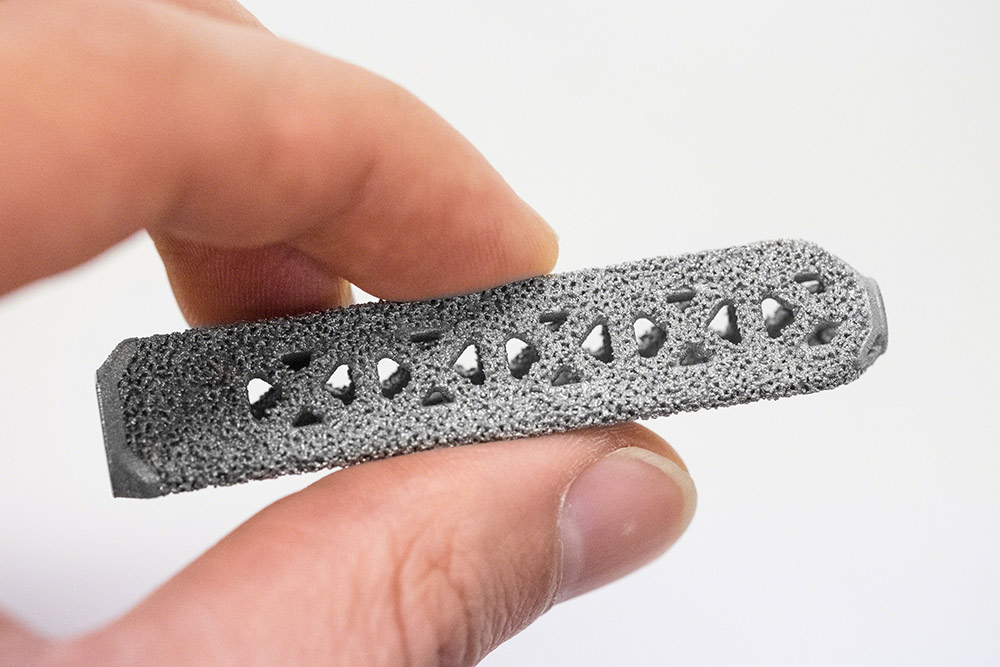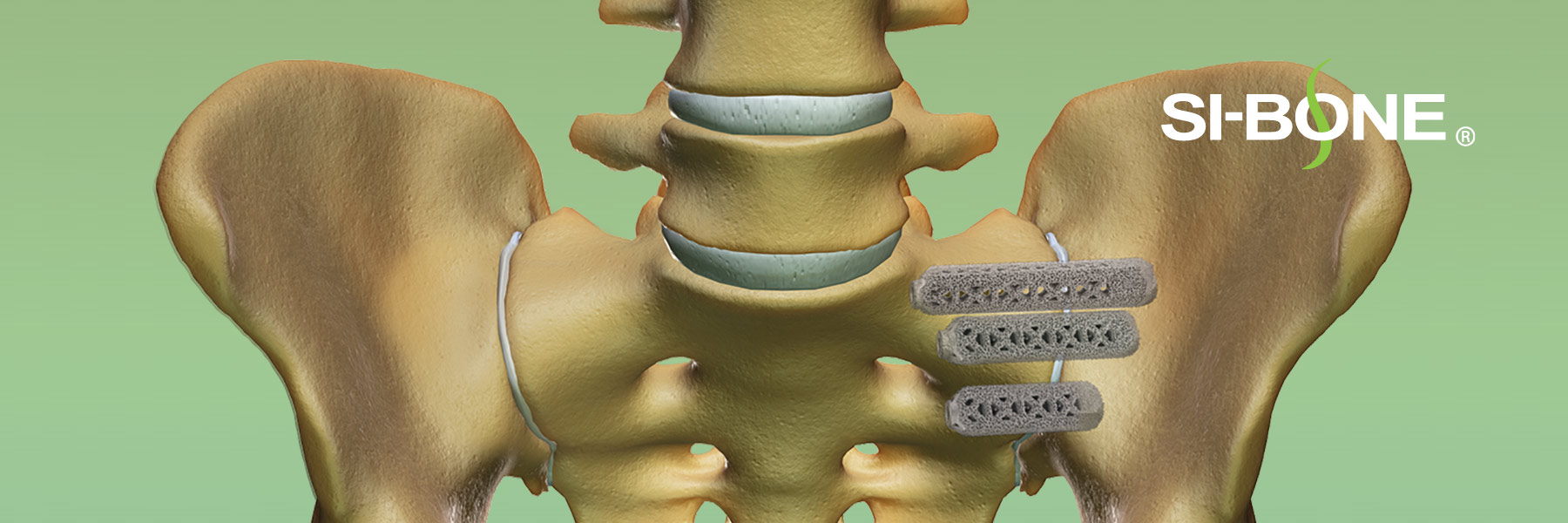Minimally invasive SI joint surgery is the current medical standard of care for SI joint fusion to relieve sacroiliac joint pain. The iFuse Implant System®, available since 2009, is a minimally invasive surgical (MIS) option designed to provide immediate sacroiliac (SI) joint stabilization and allow long-term fusion.
Minimally Invasive Sacroiliac Joint SurgeryAt 12, 24 and 60 months, 82% of patients were satisfied and indicated that they would have the same surgery again for the same result.70, 80 |
 |
How the iFuse Implant System WorksDesigned Specifically for Fusion |
Minimally Invasive Sacroiliac Surgery: What to ExpectSacroiliac (SI) joint fusion is a surgical procedure performed in an operating room, with either general or spinal anesthesia. The iFuse Implant System, a minimally invasive surgical (MIS) procedure, requires a small incision (about one to two inches long), along the side of the buttock. |
 |
 |
Your surgeon will use a specially designed system to guide the instruments that prepare the bone and facilitate placement of the titanium implants across the sacroiliac joint. Fluoroscopy, an imaging technique commonly used by physicians, provides your surgeon real-time moving images of internal structures during the procedure. Typically, three iFuse Implants are used in an iFuse procedure. |
The iFuse Implant System®Short video showing how the iFuse Implants are used in minimally invasive SI joint fusion surgery. |







